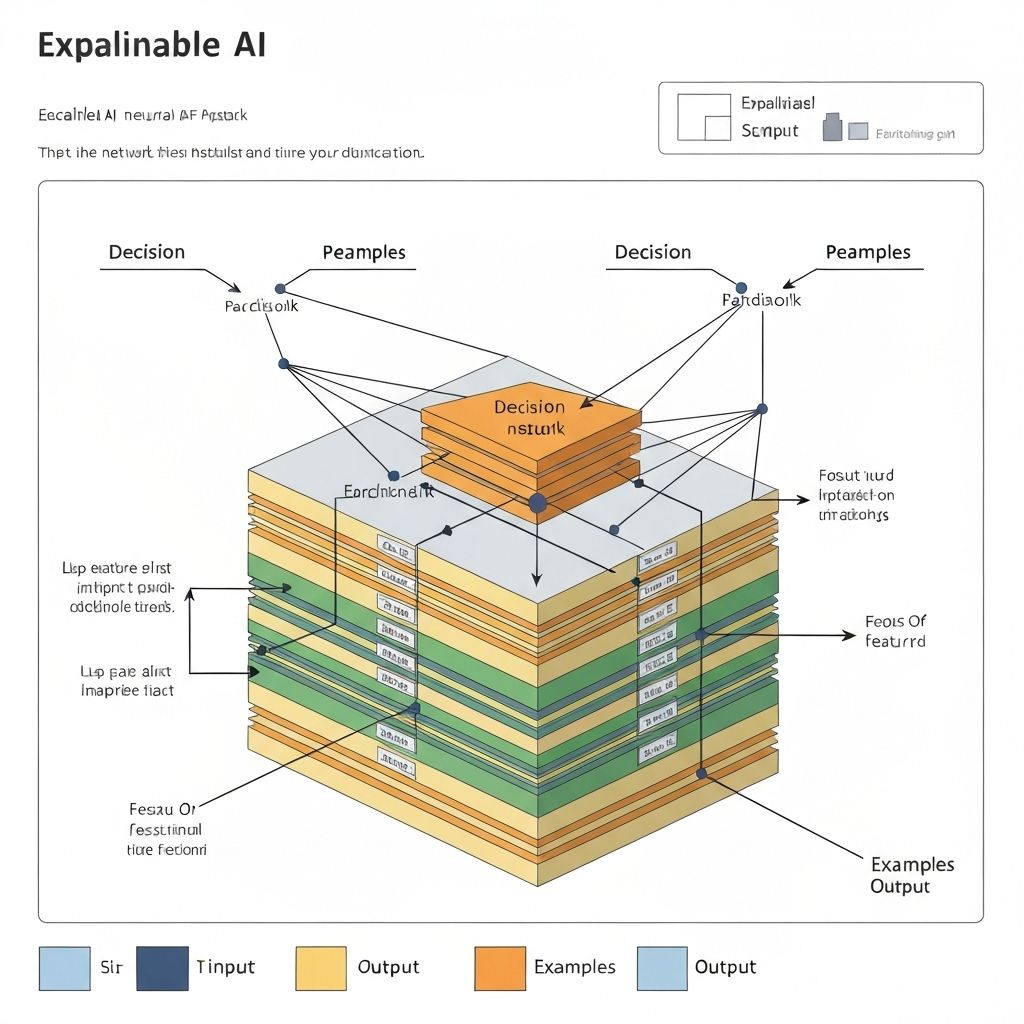The Rise of Explainable AI (XAI): Opening the Black Box
From Prediction to Explanation
For years, the primary focus of AI development was on performance—creating models that could make accurate predictions. This often led to the creation of complex "black box" models, like deep neural networks, whose internal workings are incredibly difficult to interpret. As AI is increasingly deployed in high-stakes domains like healthcare, finance, and justice, the inability to understand why a model made a particular decision is a major barrier to trust and adoption.
Explainable AI (XAI) is a field of research and practice focused on developing techniques that produce more transparent and interpretable AI models, without sacrificing performance. It's not just an academic exercise—it's becoming a business imperative and a regulatory requirement.
Why XAI is Critical
-
Trust and Adoption: Doctors are unlikely to trust a diagnostic AI if it can't explain its reasoning. Similarly, bank customers deserve to know why their loan application was denied. XAI builds the trust necessary for widespread adoption. Studies show that users are 3x more likely to trust and use AI systems when they can understand the reasoning behind decisions.
-
Accountability and Debugging: When an AI system makes a mistake, XAI helps developers understand the cause of the error and fix it. It provides a crucial audit trail for accountability. This is especially important in regulated industries where decisions must be defensible.
-
Fairness and Bias Detection: XAI techniques can help uncover hidden biases in training data that may lead to unfair or discriminatory outcomes, allowing developers to mitigate them before deployment. This is critical for ensuring AI systems don't perpetuate or amplify existing societal inequalities.
-
Regulatory Compliance: Regulations like the EU's GDPR include a "right to explanation," making XAI a legal necessity for companies operating in many parts of the world. Non-compliance can result in significant fines and reputational damage.
Techniques for Opening the Black Box
Several techniques are used to achieve explainability:
-
LIME (Local Interpretable Model-agnostic Explanations): LIME explains the prediction of any classifier by learning an interpretable model locally around the prediction. It works by perturbing the input and observing how the model's output changes.
-
SHAP (SHapley Additive exPlanations): Based on game theory, SHAP values assign each feature an importance value for a particular prediction, providing a more unified and consistent measure of feature importance. It's particularly powerful for understanding complex model decisions.
-
Inherently Interpretable Models: Instead of using a black box model and trying to explain it later, this approach uses models that are transparent by design, such as decision trees or linear regression, for tasks where interpretability is more important than a marginal gain in accuracy.
-
Attention Mechanisms: In neural networks, attention mechanisms allow us to see which parts of the input the model is focusing on when making a decision. This is particularly useful in NLP and computer vision applications.
The Business Case for XAI
At RaxCore, we believe that for AI to reach its full potential, it must be trustworthy. We are integrating XAI principles into our development lifecycle to build AI systems that are not only intelligent but also transparent, fair, and accountable. Our clients have found that implementing XAI has led to faster model adoption, better stakeholder buy-in, and more robust systems that are easier to maintain and improve over time.
The future of AI is not just about accuracy—it's about trust, transparency, and accountability. Organizations that invest in XAI today will be better positioned to deploy AI responsibly and effectively in the years to come.



